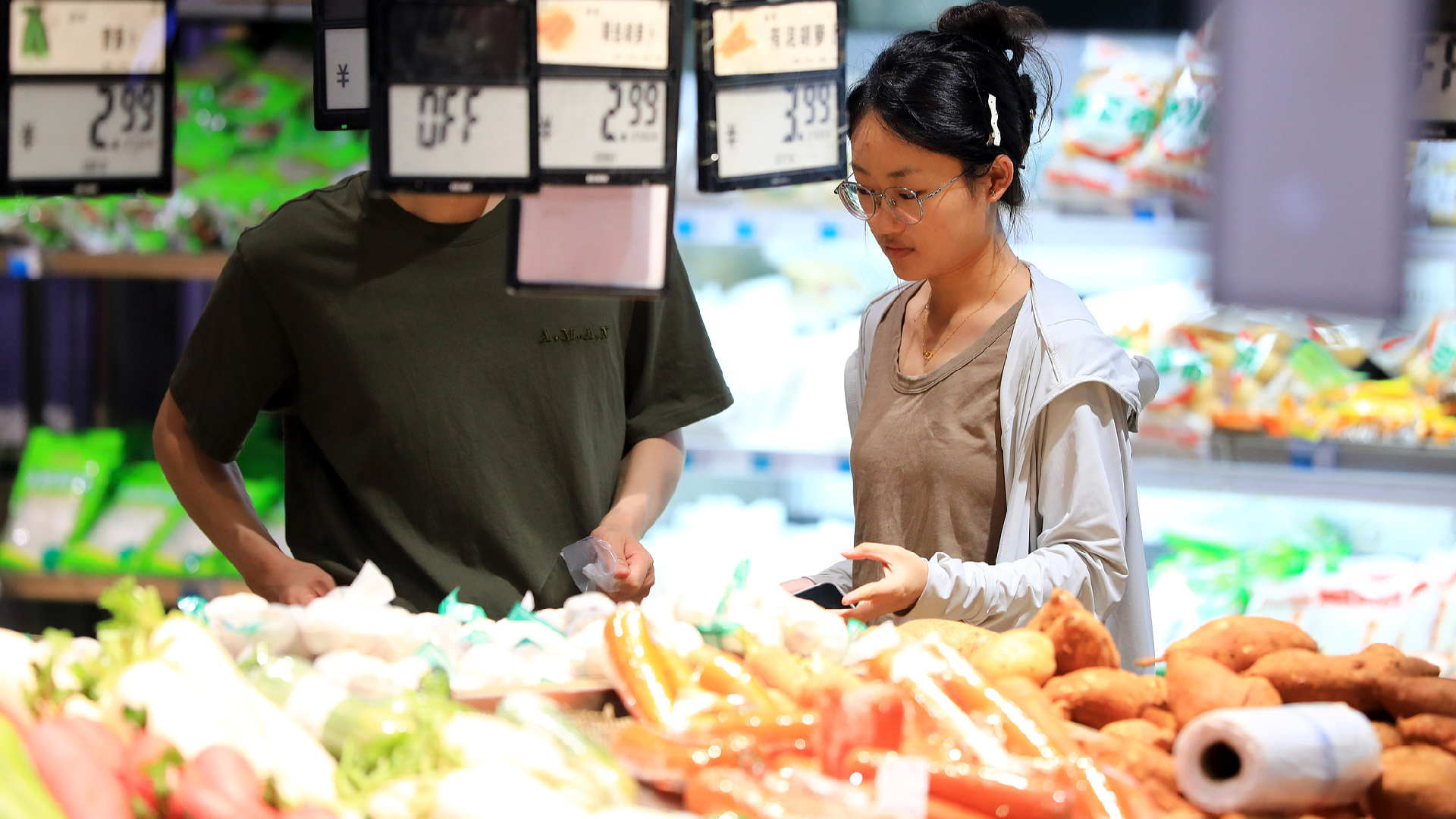China's CPI Steady in July as Core Inflation Rises

In July, China's Consumer Price Index (CPI) remained stable year-on-year, with core inflation climbing by 0.8 percent. This increase was primarily driven by higher pricing in services and industrial sectors.
Dong Lijuan, the chief statistician at the National Bureau of Statistics (NBS), attributed the year-on-year stability of the CPI largely to the relatively low food prices. In July, food prices experienced a year-on-year decline of 1.6 percent, a figure that is 1.3 percentage points deeper than the previous month, contributing to a reduction in the CPI of approximately 0.29 percentage points.
Month-over-month analysis revealed that the CPI saw a 0.4 percent increase in July, bouncing back from a 0.1 percent decrease recorded in the prior month. This recovery was significantly influenced by rising prices in both services and industrial consumer goods, as stated by Dong.
The ongoing implementation of policies geared towards expanding domestic demand is yielding observable benefits, particularly in the consumer sector, according to Dong's assessment.
Service prices notably increased by 0.6 percent month-on-month, providing a contribution of around 0.26 percentage points to the rise in the Consumer Price Index. Services account for over 60 percent of the overall CPI growth, significantly influenced by the seasonal surge in summer travel, which saw prices for air tickets, hotel accommodations, tourism, and vehicle rentals rise substantially.
In terms of core inflation, which excludes volatile food and energy prices, there was a continuous upward movement, with prices rising by 0.8 percent year-on-year. This marks a 0.1 percentage point rise compared to June and represents the highest level since March 2024.
Particularly noteworthy were the sharp increases in jewelry prices, with gold and platinum rising by 37.1 percent and 27.3 percent year-on-year, respectively, collectively contributing approximately 0.22 percentage points to the overall CPI growth.
While the consumption market has not fully returned to pre-pandemic levels, emerging signs indicate a partial recovery, as noted by Wang Peng, an associate research fellow at the Beijing Academy of Social Sciences.
Wang emphasized that the sustained year-on-year rise in core CPI is a significant positive indicator. Excluding food and energy price fluctuations, this suggests that domestic demand, particularly in service consumption, is gathering momentum and that the internal driving force of the economy is steadily strengthening.
The NBS data further indicated a 0.2 percent month-on-month decline in the Producer Price Index (PPI) for July, though this decline is a slowing trend, decreasing by 0.2 percentage points compared to June and marking the first reduction since March.
Dong noted that the month-on-month PPI decrease was affected by seasonal factors, uncertainties within the global trade landscape, and improvements in domestic market competition. Year-on-year, the PPI decreased by 3.6 percent, aligning with June's figures.
Progress in certain industries was evident, with price increases in sectors such as aircraft manufacturing by 3.0 percent and wearable smart devices by 1.6 percent. Dong also highlighted that downward pressure on industrial prices has lessened, indicating that policies aimed at stabilizing growth have started to produce tangible results.
Read These Next

Interest Rates on Inclusive Agricultural Loans Decline Supporting Mechanization
As of June, China's inclusive agricultural loans reached 13.94T yuan, up 8.34%, with key grain loans at 5.1T yuan, up 13.5%.

Strategic Expansion and Market Adaptation in Vietnam
The company is strategically expanding in Vietnam, focusing on market responsiveness, with notable growth in automotive interiors and functional footwear, though it faces significant operational risks and external pressures.

China's CPI Steady in July as PPI Declines Amid Trade Uncertainty
In July, China's CPI stayed stable while PPI dropped 3.6%, reflecting economic pressures in manufacturing and costs.
